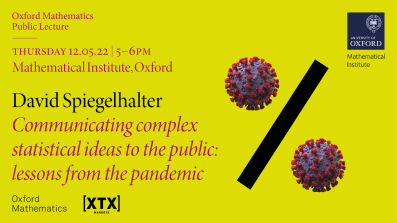Collider Physics and the Light-ray OPE
Abstract
Detectors in collider experiments are modeled by light-ray operators in Quantum Field Theory. For example, energy detectors are certain null integrals of the stress-energy tensor, localized at an angle on the celestial sphere, where they collect quanta that escape in their direction. In this talk, I will discuss a series of work developing a nonperturbative, convergent operator product expansion (OPE) for light-ray operators in Conformal Field Theories (CFTs). Objects appearing in the expansion are more general light-ray operators, whose matrix elements can be computed by the generalized Lorentzian inversion formula. An important application is to event shapes in collider physics, which correspond to correlation functions of light-ray operators within the state created by the incoming particles. I will discuss some applications of the light-ray OPE in CFT, and mention some extensions to QCD which make contact with measurements at the LHC. Talk based primarily on [1905.01311] and [2010.04726].


